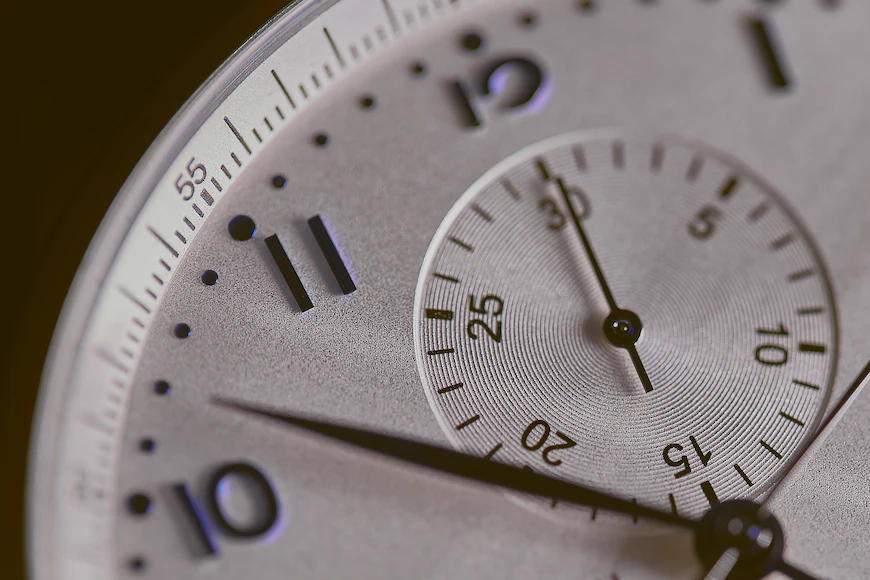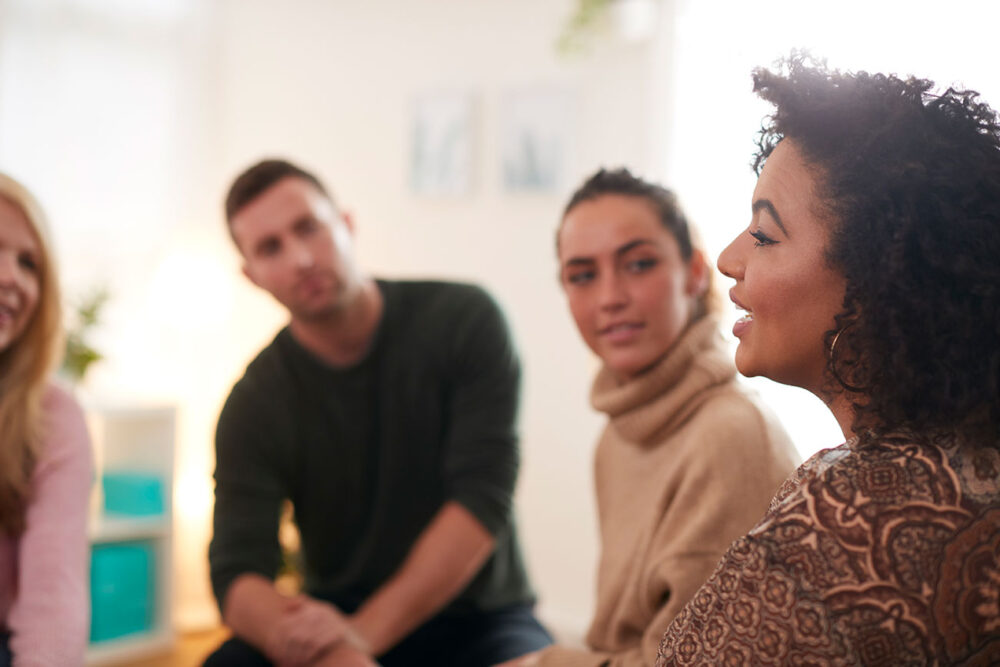
Four proven ways social eating is good for our health
Breaking bread together has more than nutritional benefits, as Kay Silversides discovers
At Qa Research we recently carried out a survey on behalf of the charity Contact the Elderly who organise tea parties for lonely and isolated older people.
Around half of the older people who responded to the survey said they enjoyed the food – but eight out of ten valued the company.
Contact the Elderly were also interested to find out a bit more about how ‘social eating’ can contribute to wellbeing. A third of older people stated that they felt less hungry when eating meals alone, but almost half said that they enjoyed eating a meal more during a Contact the Elderly tea party.
Clearly, the social aspect of eating can make the experience more enjoyable. And it could potentially lead to eating more – not great for calorie counters but good news for older people at risk of malnutrition.
So, if social eating has benefits for older people, can it help in other areas of our lives?
Family
A survey conducted by Organix revealed that more than 20% of British families sit down for a family meal only once or twice a week.
Aside from providing the opportunity for conversation with your screen obsessed pre-teen, other research has shown eating family meals together can deliver health benefits.
Families that eat regular meals together have children with greater self-esteem, and lower rates of unhealthy eating, substance abuse, teen pregnancy and depression.
Workplace
What happened to the great British lunch break? A recent survey by Bupa found that two thirds of employees said they are not always able to stop work to eat lunch for 20 minutes, and about a third of employees eat at their desk.
We know that sitting for a long time is bad for our health and it can also make us less productive.
Recent data from productivity app DeskTime, which tracked people’s office habits, found that the employees with the highest productivity took 17-minute breaks for every 52 minutes of work – and they did not spend that break time checking social media or replying to emails.
As ever, we can learn something here from our Scandinavian friends. The Swedish ‘fika’ means having a coffee and a bun with colleagues at work just for a chat. It’s not a meeting, there is no greater purpose, but as blogger and fika advocate Anna Dahlstrom explains “these chats over a cup of coffee often lead to conversations which in turn lead to outcomes and solutions that would have taken two handfuls of emails and one handful of meetings to accomplish”.
Community
At the risk of revealing my age, one of my earliest memories is of the Queen’s Silver Jubilee street party in 1977 where the whole of my street came out with their pasting tables and everyone had Spam sandwiches and a can of Top Deck.
This type of social eating gives a community an important injection of spirit which initiatives such as the Big Lottery’s Big Lunch are keen to build on.
The Big Lunch was an idea from the Eden project with the aim of getting as many people as possible to have lunch with neighbours to encourage community, friendship and fun. In 2015, 7.29 million people took part. The Big Lunch conducted research after the event and found that:
- 85% of people said their Big Lunch made them feel better about their neighbourhood
- 83% of people felt closer to their neighbours after their Big Lunch
- 87% of people planned to keep in touch with new people they met.
Perhaps there is an opportunity also to capitalise on our obsession with Great British Bake-off; maybe their new C4 incarnation will bring a tour to a town near you?
So, next time you are feeling hungry, think on, grab some nice food and (willing) people and experience the benefits of social eating for yourself.
- Kay Silversides is a Research Manager at Qa Research: kay.silversides@qaresearch.co.uk






